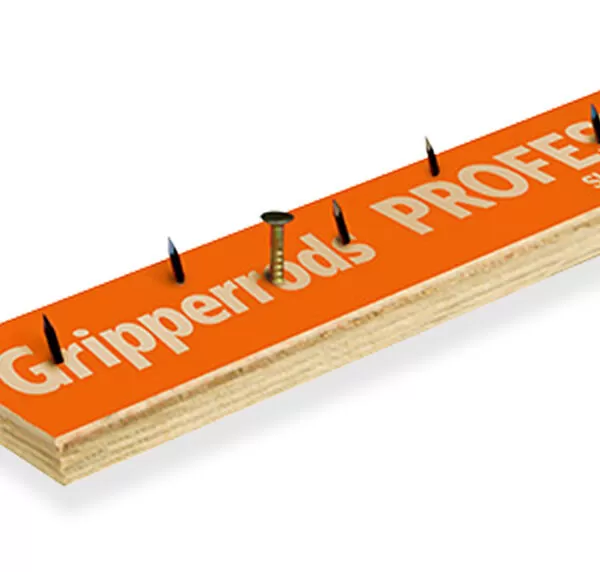Carpet Underlay or Laminate Underlay: Why the Right Choice Matters
Carpet underlay or laminate underlay plays a vital role in how your flooring performs, feels, and lasts. Instead of focusing only on the visible surface—whether carpet, laminate, or vinyl—you should pay close attention to the underlay beneath. The right choice increases insulation, reduces noise, improves comfort, and extends the life of your floor. When you actively choose between carpet underlay and laminate underlay with intention, you protect your investment and enhance performance.
What Carpet Underlay Does
Carpet underlay delivers cushioning and softness underfoot. Manufacturers often use foam, rubber, or felt to create it. It protects the carpet from rubbing against the subfloor, so it prevents early wear and tear. Because it absorbs impact, it increases comfort in both busy and quiet areas. It also boosts insulation, helping homes retain heat and reduce heating bills. In addition, it reduces noise, making it ideal for multi-storey homes, hotel rooms, and offices where footsteps echo easily.
Carpet Underlay Extends Carpet Life
Carpet underlay doesn’t just soften your steps—it also helps carpets last longer. By acting as a buffer, it stops the carpet from flattening and fraying too quickly. As a result, your carpet maintains its look and texture for years. It also creates a smooth foundation that keeps the carpet in place, reduces bumps, and lowers the risk of folds or wrinkles. Bedrooms, lounges, and office spaces benefit most because this type of underlay combines comfort, warmth, and acoustic control.
What Laminate Underlay Does
Laminate underlay supports hard flooring like laminate and engineered wood. It focuses on stability, moisture protection, and sound reduction rather than softness. Since laminate underlay is thinner—typically 2mm to 5mm—it allows the floorboards to sit firmly without shifting. Many laminates underlays come with a built-in vapour barrier to block moisture from concrete or ground-level subfloors. This feature actively prevents swelling, mould, and warping, which are common issues in humid or damp environments.
Laminate Underlay Reduces Noise and Adds Support
Laminate underlay also improves sound quality. Without it, laminate floors often produce hollow or echoing footstep noise. Acoustic laminate underlay reduces this significantly, making it a smart choice for living rooms, hallways, and apartments. It adds thermal efficiency, helping the space stay warm. It also compensates for slight imperfections in the subfloor so the planks lock securely and stay stable over time. When you install the correct laminate underlay, you strengthen the durability and appearance of your flooring.
Carpet Underlay vs Laminate Underlay
Although both materials sit beneath a surface, their purposes differ greatly. it prioritizes comfort, insulation, and shock absorption. Laminate underlay prioritizes moisture control, firmness, and structure. If you place carpet underlay beneath laminate flooring, the planks can shift or separate because the base is too soft and thick. Likewise, laminate underlay lacks the cushioning needed beneath a carpet. Choosing the correct type ensures your floor performs as intended.
Factors to Consider Before Buying
When selecting carpet underlay or laminate underlay, you should consider several factors. First, assess your subfloor type. Concrete floors require laminate underlay with a moisture barrier, while wooden floors often benefit more from acoustic protection. Next, think about how you use the room. Bedrooms and lounges call for the comfort and insulation of carpet underlay, whereas hallways and workspaces need the support and resilience of laminate underlay. You should also consider insulation needs. It offers stronger heat retention, while laminate underlay provides moderate warmth depending on the material.
The Importance of Proper Installation
Proper installation plays a major role in long-term performance. Before laying any underlay, always clean, dry, and level the subfloor. Then, seal the joints correctly to stop moisture and movement. Professionals can install both carpet and laminate underlay for best results, especially in large or irregular rooms. DIY installation is possible, but poor placement or gaps can lead to major issues later.
Where Each Type Works Best
When you understand where each type of underlay works best, you can make faster decisions. Carpet underlay suits bedrooms, lounges, hospitality suites, and office environments where comfort and sound absorption matter. Laminate underlay fits living rooms, dining spaces, corridors, commercial properties, showrooms, and home offices where structure and moisture control are essential. By matching the right underlay to the right room and flooring type, you improve performance and extend lifespan.
Final Thoughts
In the end, choosing between carpet underlay and laminate underlay should never be an afterthought. Carpet underlay increases comfort, insulation, and noise reduction. Laminate underlay adds moisture resistance, stability, and acoustic control for hard flooring. When you pair each flooring type with its proper underlay, you get better durability, improved comfort, and long-term value. If you’re unsure which suits your project, consult a flooring expert and make the decision with clarity.



